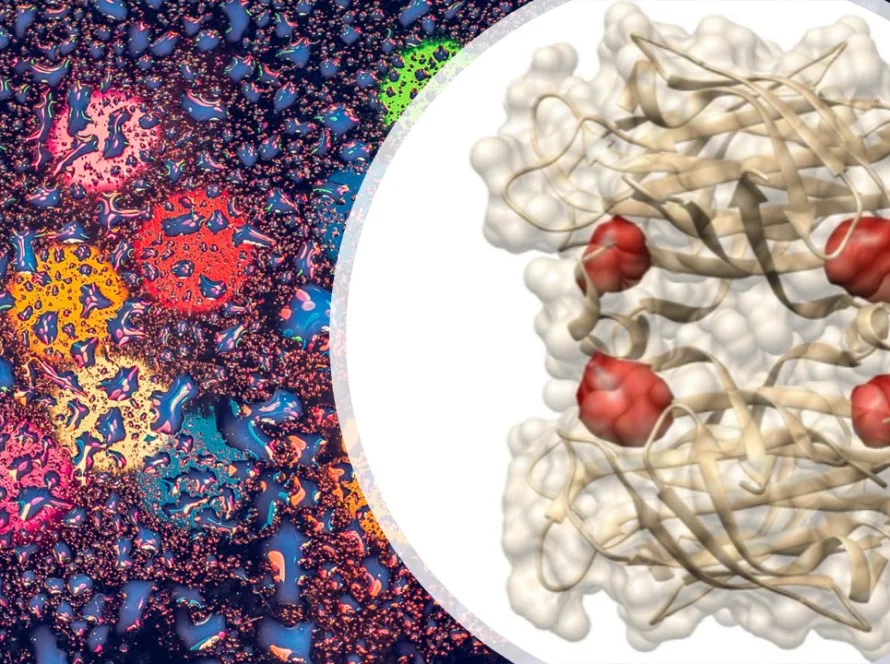In the bustling metropolis of life, amidst the towering giants of plants, the agile acrobats of animals, and the ubiquitous presence of humans, lies an unseen realm teeming with microscopic inhabitants – the world of microbes. These tiny organisms, invisible to the naked eye, play a crucial role in maintaining the delicate balance of ecosystems, driving nutrient cycling, and influencing human health.
Metagenomics, an emerging field in biology, has revolutionized our understanding of this hidden world by providing a window into the vast diversity and functional potential of microbial communities. By analyzing the collective genetic material of all microbes present in a particular environment, metagenomics allows us to unravel the intricate interactions between microbes and their environment, providing insights into their role in health, disease, and environmental sustainability.

Microbes: The Unsung Heroes of Life
Microbes, encompassing bacteria, archaea, fungi, and protists, are ubiquitous, inhabiting every corner of our planet, from the depths of the oceans to the scorching deserts. They play a pivotal role in the decomposition of organic matter, recycling nutrients that are essential for plant growth and the overall health of ecosystems.
Metagenomics has revealed the astonishing diversity of microbes, far surpassing our previous understanding. A single gram of soil can harbor millions of different microbial species, each with unique genetic makeup and capabilities. This diversity is crucial for the functioning of ecosystems, as different microbial species perform specialized tasks, such as breaking down complex molecules, fixing nitrogen from the atmosphere, and producing antibiotics that control harmful bacterial populations.
Microbes and Human Health: A Delicate Dance
Our bodies are home to trillions of microbes, forming complex communities that coexist with our own cells. These resident microbes, collectively known as the microbiome, play a vital role in maintaining our health. They aid in digestion, produce essential vitamins and nutrients, and protect us from harmful pathogens.
Metagenomics has provided valuable insights into the role of the microbiome in various health conditions. For instance, disruptions in the balance of gut microbes have been linked to inflammatory bowel disease and other chronic illnesses. By understanding the microbial communities that inhabit our bodies, we can develop strategies to maintain a healthy microbiome and prevent or treat associated diseases.
Metagenomics: A Beacon of Hope for Environmental Sustainability
The impact of microbes extends beyond our bodies and ecosystems, influencing global environmental processes. Metagenomics is providing valuable insights into the role of microbes in bioremediation, the process of using microorganisms to clean up contaminated environments.
By understanding the metabolic capabilities of microbes, scientists can harness their potential to degrade pollutants, such as oil spills and industrial waste. This holds immense promise for restoring damaged ecosystems and protecting our planet’s fragile environment.
Metagenomics: Unveiling the Future
Metagenomics is a rapidly evolving field, constantly expanding our knowledge of the microbial world. With advancements in sequencing technologies and computational methods, metagenomics is poised to revolutionize our understanding of biology, healthcare, and environmental sustainability.
As we continue to explore the invisible realm of microbes, we uncover a world of untapped potential, promising solutions to some of humanity’s most pressing challenges. Metagenomics, with its ability to unveil the language of life at its smallest scale, is a beacon of hope for a healthier, more sustainable future.
Metagenomics has a wide range of applications in various fields, including:
- Microbial Diversity and Evolution: Metagenomics provides insights into the vast diversity of microbes and their evolutionary relationships, helping us understand the origins and adaptations of these organisms.
- Environmental Microbiology: Metagenomics is used to study microbial communities in various environments, such as soil, water, and extreme environments. It helps us understand the role of microbes in ecosystem functioning, bioremediation, and nutrient cycling.
- Human Health: Metagenomics is used to study the human microbiome, the trillions of microbes that reside in and on our bodies. It helps us understand the role of gut microbes in health and disease, aiding in the development of microbiome-based therapies.
- Agriculture: Metagenomics is used to study microbial communities in the rhizosphere, the zone surrounding plant roots. It helps us understand the role of microbes in plant growth, nutrient uptake, and disease resistance.
- Biotechnology and Drug Discovery: Metagenomics is used to identify novel enzymes, antibiotics, and other valuable compounds produced by microbes. It has the potential to revolutionize medicine and biotechnology.
Future Directions of Metagenomics
Metagenomics is a rapidly evolving field with exciting prospects for future research. Technological advancements in sequencing and bioinformatics are enabling researchers to generate and analyze larger and more complex metagenomic datasets, leading to a deeper understanding of the microbial world.
Metagenomics has the potential to address various global challenges, such as developing new antibiotics to combat antimicrobial resistance, improving agricultural practices for sustainable food production, and harnessing the power of microbes for environmental remediation and bioenergy production. As metagenomics continues to advance, it promises to transform our understanding of the microbial world and its impact on our lives and the planet.



